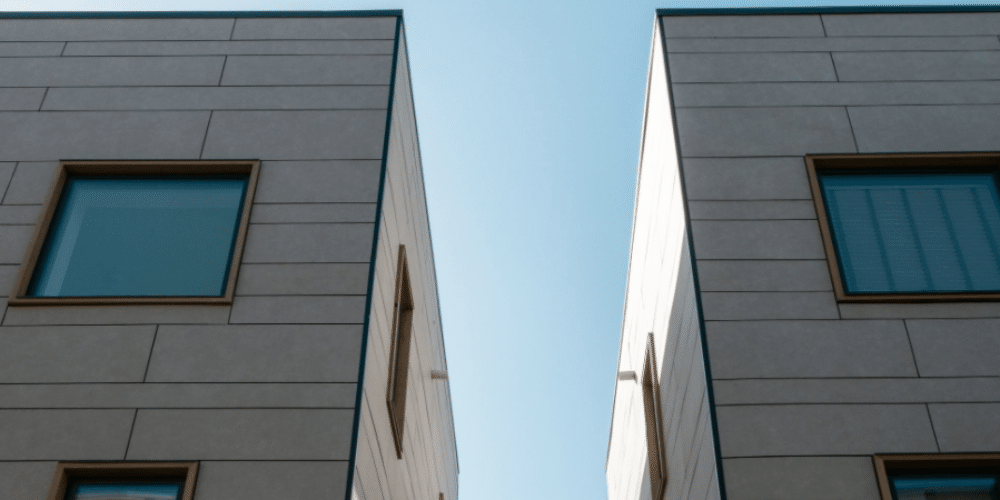
#TLDR Both how and what we build needs reimagining: Walkable local public realms, transformable homes and resilient land uses. Building social and environmental capital will satisfy generations now and tomorrow and keep the tills ringing.
Like many of us, I too have walked… and walked and walked in the green spaces near my home over the 18 months of the pandemic. Last night my step counter app told me not only that I had reached the daily goal of 10,000 steps but that since I had installed it in April this year, I had walked 500 miles. A milestone I thought was worth proclaiming. Note – a milestone not an achievement. Like walking for exercise, sustainable development is a journey, without a destination; milestones but no finish line to cross.
Atlanta is famous for being the home of Coca Cola (other cola brands exist) and CNN (other news channels exist). It is also one of the world’s most sprawling, car dependent cities. I love skyscrapers – Dubai’s Burj Khalifa, New York’s Empire State Building and, my favourite, London’s Shard. Density, interaction, awe-inspiring and, as will be remembered on 9/11 where the Twin Towers once stood, places of tragedy, mourning and heroic deeds of rescue.
As we emerge from the bleak winter of pre vaccine pandemic and our horizons lift from tomorrow, next week and the next review of protective controls to the long term, many of us are rethinking urban living. Our dormitory homes, suburbs and towns have become multi-functional spaces and places – whether we are working from home, home schooling or biding our time on furlough. Agility and adaptability have become our watch word as we reimagine how to live cheek by jowl. A new urban living has been shown to be possible and for many found to be desirable. But such living has been – in the words of the oh so polite curate – good in parts. Lockdown in cramped flats, small homes and densely developed housing estates with limited access to public – let alone private – open space have been more like house arrest than staycations.
The buzz of 75th anniversary of VE day celebrations – the front garden tea party and greetings with passers-by enjoying bunting and the 1940s outfits that some sported were a bright spot in Lockdown I. Pocket-, and carpet bag-, sized parks, car free roads and traffic calmed zones have never been so appreciated. The (socially distanced) greeting, the furtive catch up, the polite standing aside to let another pass have brought us (sociologically speaking) closer to our neighbours.
As many planning authorities review their aligned core strategies and reflect on last year’s planning White Paper with its call for not only sustainable but also beautiful development, green – with a tint of climate change adaptation blue – should be the first colour in the planner’s palette. Where will people walk? Walk to, walk around, walk in. Where will the dogs go, frisbees throw, kiddy bikes roam and people bond? What is the ratio of public realm to brick-built castles to be?
Whether we are building back better, levelling up or trying to provide roofs over a growing population’s heads, both the way we build and what we build needs reimagining. Local public realms, homes able to be adapted to changing needs through life and land uses able to withstand the ravages of extreme weather events – developers, planners and local communities need to look at securing more than mere economic benefit from developing land. A rebalanced focus that builds social and environmental capital will bring music to the ears of young, old, cash registers and future generations.
A personal reflection by Paul Nathanail
Paul is GHD’s technical director of contamination assessment and remediation as well as technical service leader for environmental solutions.
